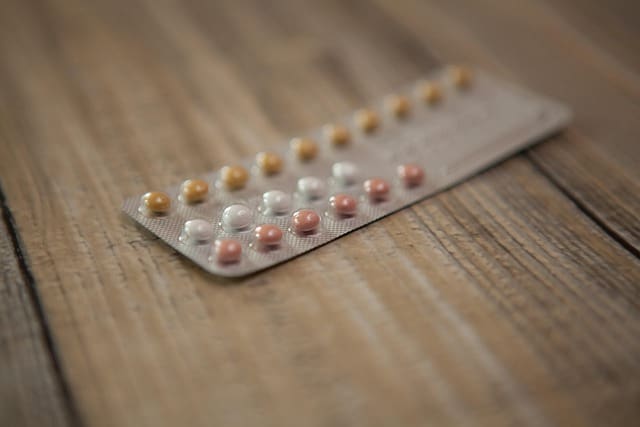AOK evaluation: Decline in prescription of the pill among young women
A recent evaluation of statutory health insurance prescription data from the AOK shows a significant decline in prescriptions of the pill among young women. In 2024, only 22 percent of women under the age of 22 were prescribed the contraceptive pill, compared to 43 percent in 2015. On the occasion of yesterday’s 65th anniversary of the introduction of the pill as a contraceptive, the analysis highlights a change in the preferences and information situation of young women.
The evaluation also shows changes in the prescribed preparations. The proportion of lower-risk pills, which have a lower risk of deep vein thrombosis and embolism, fell to 48 percent in 2024, one percentage point less than in 2023. At the same time, the proportion of riskier preparations rose from 47 to 48 percent. Despite this slight shift, the share of riskier preparations remains significantly lower than in 2015, when it was 63 percent.

The reasons for these trends are manifold. Improved information on the risks and side effects of hormonal contraception means that young women are more aware of the topic and more often choose lower-risk alternatives. In addition, the social understanding has changed: contraception is no longer seen exclusively as a women’s issue. Other methods such as the condom are gaining in importance, especially among young people, although no billing data is available here because these drugs do not require a prescription. Another factor could be that young people today gain sexual experience later and therefore also deal with contraception later on.
Good medical advice remains crucial, especially since the risk of venous thromboembolic events is increased in the first year of taking the pill, as well as in the case of risk factors such as smoking, obesity or a family history of thrombosis. The AOK emphasizes the need for comprehensive information in order to minimize individual risks.
The introduction of the pill 65 years ago, on August 18, 1960 in the USA and in 1961 in Germany, marked a milestone in reproductive self-determination. However, the current data show that young women today are increasingly relying on a variety of contraceptive methods and are making more critical decisions.
Editor: X-Press Journalistenbû¥ro GbR
Gender Notice. The personal designations used in this text always refer equally to female, male and diverse persons. Double/triple naming and gendered designations are used for better readability. ected.




